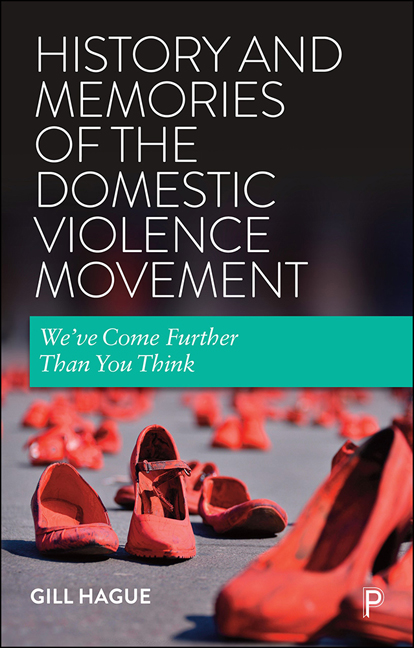Book contents
- Frontmatter
- Dedication
- Table of contents
- List of poems
- About the author
- Acknowledgements
- 1 Introduction
- 2 Everything seemed to change at once: women’s liberation and the women’s movement(s) from the 1960s
- 3 Women’s liberation: strands, debates, transformations
- 4 The violence against women movements burst into life
- 5 Taking on rape and sexual violence, as well as domestic abuse
- 6 A radical women’s politics: the light of innovation and new ways to organise
- 7 Wider feminist principles and domestic violence: making a new world
- 8 As time went on: the movements on domestic violence and harmful practices grow
- 9 Struggling to change: campaigns, laws, and local and global strategies
- 10 Activist responses, justice and shelters (refuges) across the world
- 11 Expanding the movements, gaining the evidence: feminist research and transnational action
- 12 End word
- Notes
- Bibliography
- Index
3 - Women’s liberation: strands, debates, transformations
Published online by Cambridge University Press: 23 December 2021
- Frontmatter
- Dedication
- Table of contents
- List of poems
- About the author
- Acknowledgements
- 1 Introduction
- 2 Everything seemed to change at once: women’s liberation and the women’s movement(s) from the 1960s
- 3 Women’s liberation: strands, debates, transformations
- 4 The violence against women movements burst into life
- 5 Taking on rape and sexual violence, as well as domestic abuse
- 6 A radical women’s politics: the light of innovation and new ways to organise
- 7 Wider feminist principles and domestic violence: making a new world
- 8 As time went on: the movements on domestic violence and harmful practices grow
- 9 Struggling to change: campaigns, laws, and local and global strategies
- 10 Activist responses, justice and shelters (refuges) across the world
- 11 Expanding the movements, gaining the evidence: feminist research and transnational action
- 12 End word
- Notes
- Bibliography
- Index
Summary
This chapter moves on to reflect briefly on second wave feminism more widely and on the strands within it. All feminists in the women's liberation movement, from the beginning, developed understandings about the personal being political and about male control of society and often of women's lives. They also analysed the position of women as wives and mothers in the post-war period when the nuclear family had been much encouraged in many countries after the destruction of wartime. However, there were various streams that evolved within this, sometimes in opposition to each other, sometimes overlapping. The big ones were radical and revolutionary feminism, socialist and Marxist feminism, and liberal (sometimes called equal rights) feminism. These were expanded with the development of autonomous Black women's and lesbian movements, further discussed later in this chapter.
Thorough analyses of the main strands of feminism have been developed in a wide range of very useful books and websites. These include, separately, Alison Jaggar and Rosemarie Tong on the various types of feminisms, Michèle Barratt and Mary McIntosh on socialist feminism, Shulamith Firestone and (more recently) Finn Mackay and others, on radical and revolutionary feminism, and Sheila Jeffreys and others on the lesbian revolution. Almost all commentators on feminism now include discussion of these different types. There were also other strands of activism and activity like cultural feminism, eco-feminism, anarcho-feminism, Irish, Jewish, Black and other identity-based feminisms, theoretical approaches to feminism, and so on.
So what distinguishes different strands of feminism?
Liberal (or equal rights) feminism was, and is, a mainstream reformist movement, trying to seek reforms in the existing social structure. A good example is the long-running NOW (National Organization of Women) in the US, established to fight for women's rights. NOW was particularly evident during the struggle throughout the 1970s to introduce an Equal Rights Amendment into the US Constitution. This important struggle had many years of success, followed by setbacks, backlash, much resistance from the right wing, and finally defeat. In general, NOW continues to be very active, campaigning currently for immigrant women's rights, for example.
- Type
- Chapter
- Information
- History and Memories of the Domestic Violence MovementWe've Come Further Than You Think, pp. 39 - 60Publisher: Bristol University PressPrint publication year: 2021



